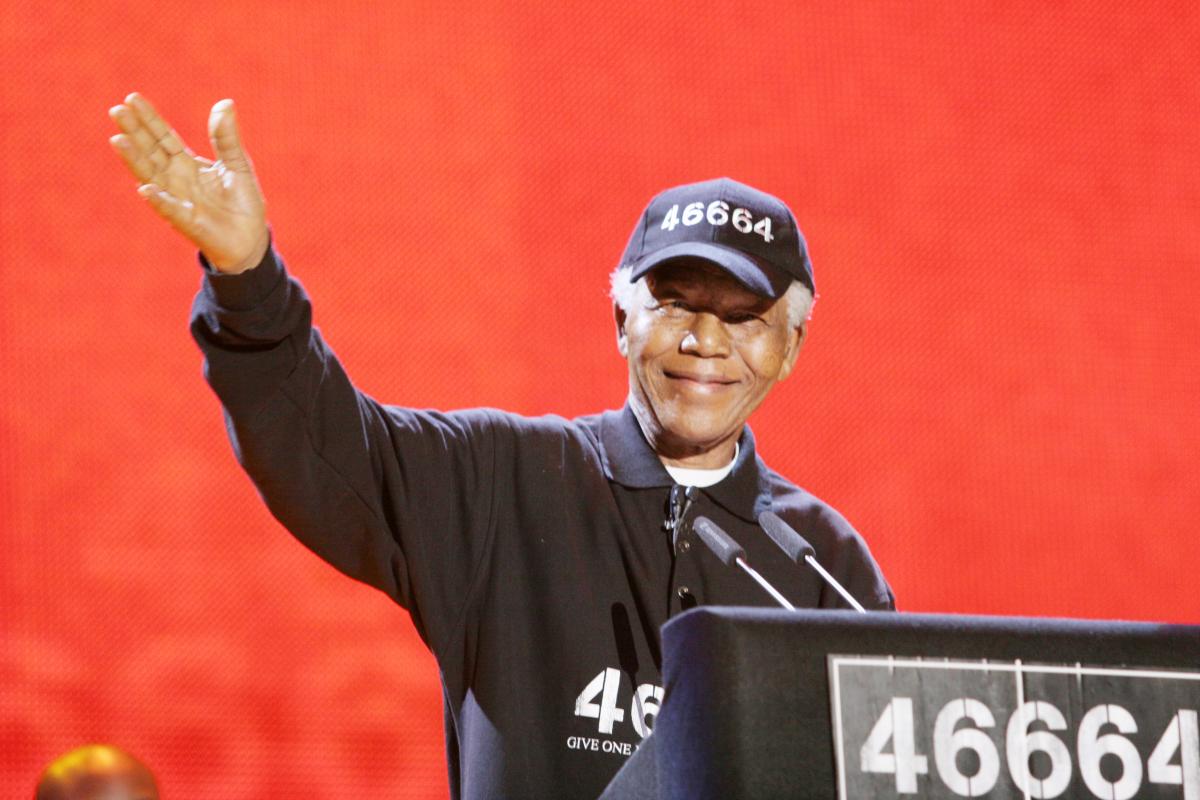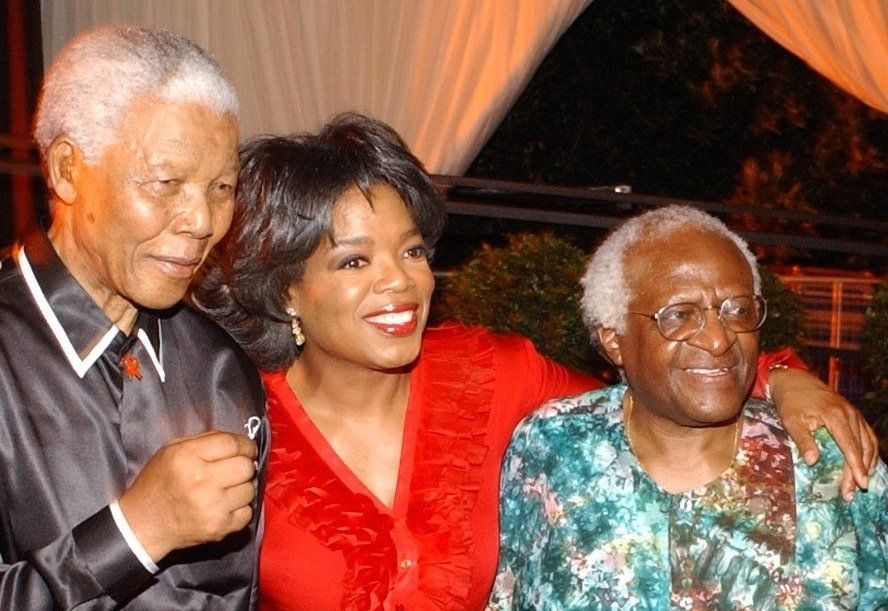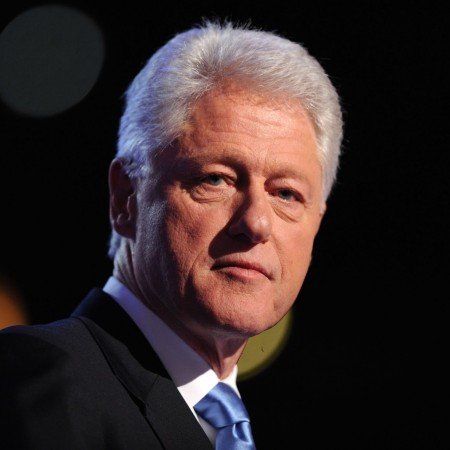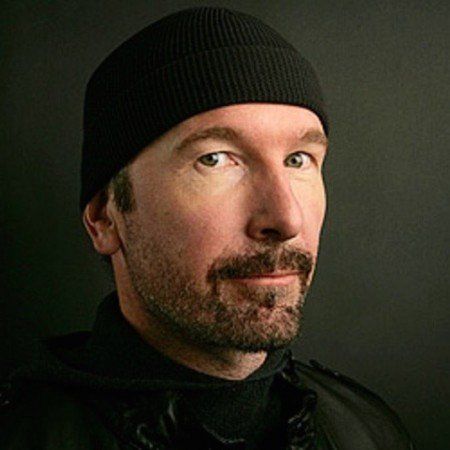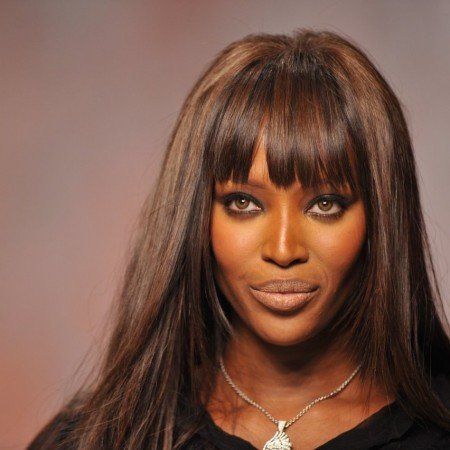ABOUT
The Global Human Rights Logo, a striking emblem of resilience, forms a ribbon of hope from a strand of twisted barbed wire. Conceived by David Clark, the symbol draws its inspiration from the barbed wire encircling Robben Island Prison - a stark reminder of oppression - and echoes the iconic red ribbon that galvanized the HIV/AIDS movement worldwide.
On December 7, 2002, President Nelson Mandela unveiled this powerful emblem, casting it as a universal symbol of human rights and a call to action for justice.
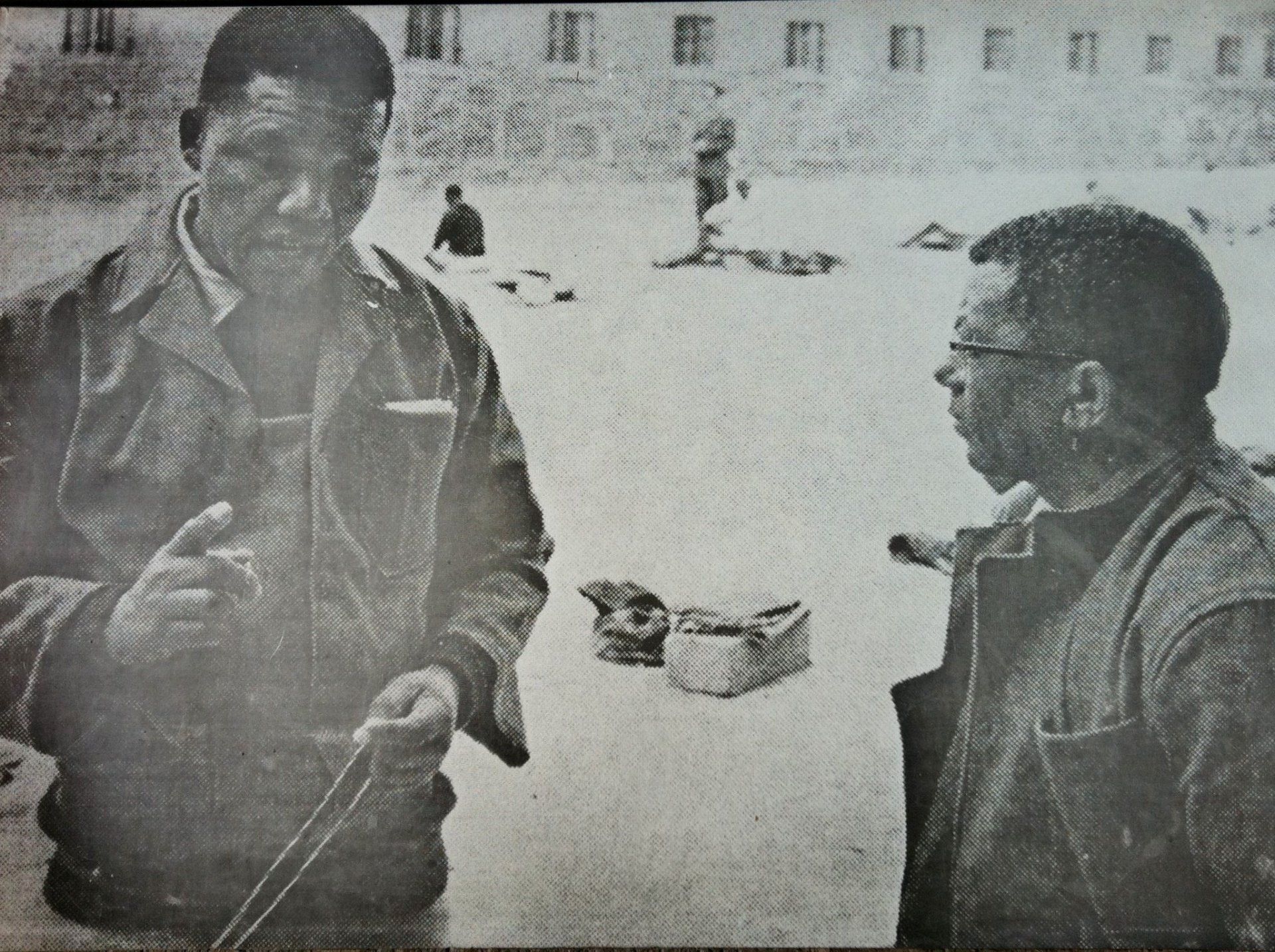
Slide title
Mandela imprisoned on Robben Island
Button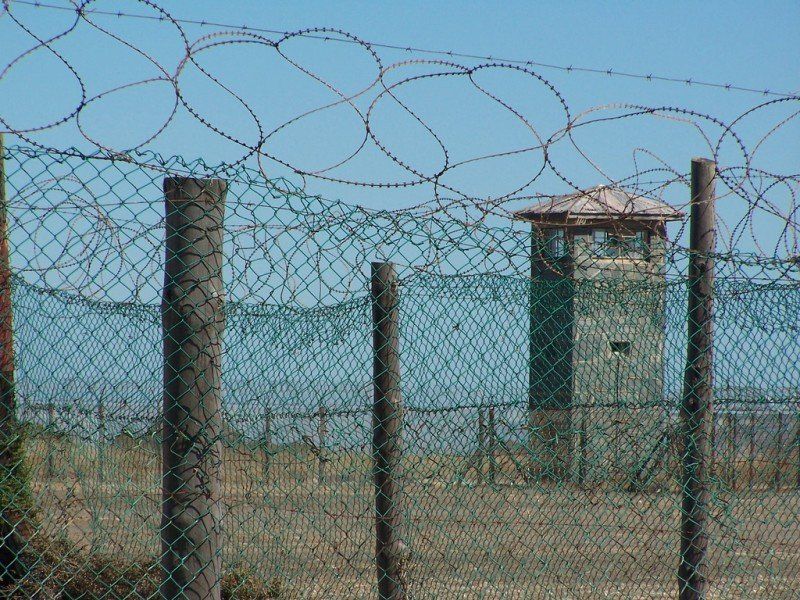
Slide title
Robben Island
Button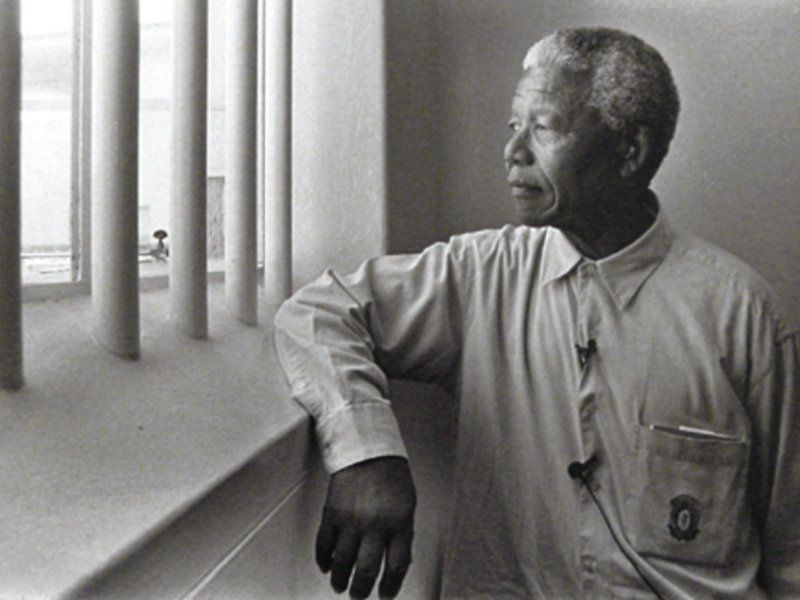
Slide title
President Mandela looks out of cell window
Button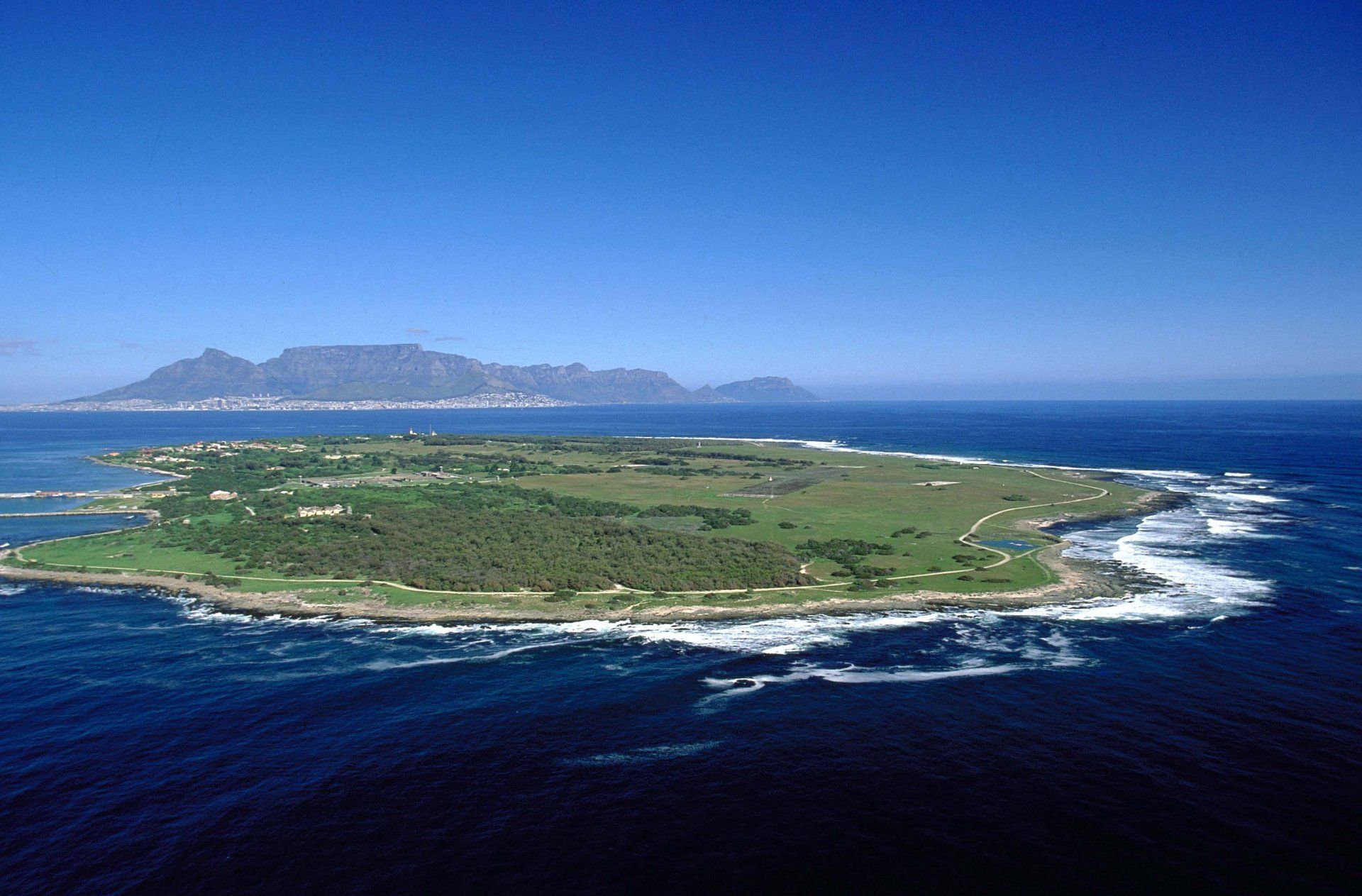
Slide title
Robben Island
Button
Slide title
Robben Island barbed wire
Button
THE INSPIRATION
In 2002, David Clark worked with President Nelson Mandela to establish the 46664 Cause Brand, a powerful initiative designed to confront the HIV/AIDS crisis and dismantle the stigma surrounding those affected by the disease. On a transformative visit to South Africa, Clark made a pilgrimage to Robben Island, the infamous prison where Mandela, as inmate “46664,” endured more than 18 years of confinement. The somber sight of barbed wire surrounding the prison - an omnipresent reminder of oppression - left a profound impression on him.
In that moment, Clark realized the world lacked a universal emblem for human rights, one that could reflect the resilience and resolve embodied by Mandela himself. Standing at the threshold of Mandela’s former cell, he envisioned a new symbol: a piece of barbed wire, twisted into the same hopeful shape as the red ribbon that had become synonymous with the HIV/AIDS movement. This simple, evocative form would become a poignant symbol of global human rights, a testament to the enduring spirit of justice inspired by Mandela’s legacy.

Slide title
Mandela imprisoned on Robben Island
Button
Slide title
Robben Island
Button
Slide title
President Mandela looks out of cell window
Button
Slide title
Robben Island
Button
Slide title
Robben Island barbed wire
Button
THE INSPIRATION
In 2002, David Clark began working with President Mandela to create the 46664 Cause Brand which served as a global platform to help address the HIV/AIDS crisis, and destigmatize people who suffered from the disease. During one of his trips to South Africa, David traveled to the notorious prison on Robben Island where Mandela was prisoner number “46664” for over 18 years. While there, David was struck by how oppressive the atmosphere was, which was only further magnified by the barbed wire surrounding the prison and seemingly everywhere. Knowing that there was no globally recognized human rights logo at the time, Clark realized that the inspiration for a global social justice symbol should come from human rights icon President Nelson Mandela. And, while looking out at the barbed wire from Mandela’s cell, David realized that if a small piece of barbed was twisted into the same shape as the ubiquitous red HIV/AIDS ribbon, a new, poignant symbol of hope representing human rights around the world could be created. Working with renowned sculptor Elliott Arkin, the Global Human Rights Logo was created in the summer of 2002.

Slide title
Mandela imprisoned on Robben Island
Button
Slide title
Robben Island
Button
Slide title
President Mandela looks out of cell window
Button
Slide title
Robben Island
Button
Slide title
Robben Island barbed wire
Button
THE INSPIRATION
In 2002, David Clark began working with President Mandela to create the 46664 Cause Brand which served as a global platform to help address the HIV/AIDS crisis, and destigmatize people who suffered from the disease. During one of his trips to South Africa, David traveled to the notorious prison on Robben Island where Mandela was prisoner number “46664” for over 18 years. While there, David was struck by how oppressive the atmosphere was, which was only further magnified by the barbed wire surrounding the prison and seemingly everywhere. Knowing that there was no globally recognized human rights logo at the time, Clark realized that the inspiration for a global social justice symbol should come from human rights icon President Nelson Mandela. And, while looking out at the barbed wire from Mandela’s cell, David realized that if a small piece of barbed was twisted into the same shape as the ubiquitous red HIV/AIDS ribbon, a new, poignant symbol of hope representing human rights around the world could be created. Working with renowned sculptor Elliott Arkin, the Global Human Rights Logo was created in the summer of 2002.
THE LAUNCH
On December 6, 2002, Cape Town’s Kirstenbosch Gardens became the setting for a historic unveiling. At a landmark event hosted by President Nelson Mandela and David Clark, Mandela stood alongside Oprah Winfrey and Archbishop Desmond Tutu to reveal the Global Human Rights Logo to the world. The following day, in a powerful gesture that embodied the symbol’s spirit, Mandela posed for a portrait with the logo, captured by renowned photographer David Rose, sealing its legacy as an enduring emblem of global human rights.
CREDITS
The Global Human Rights Logo was created by David Clark, the metal pin was designed by sculptor Elliott Arkin, the graphic logo was created by Michael Page and was photographed by David Rose.
THE LAUNCH
The Global Human Rights Logo was publicly displayed for the first time in Cape Town by President Nelson Mandela, Oprah Winfrey and Archbishop Tutu on December 6, 2002 at a VIP Gala hosted by President Mandela and David Clark. Event supporters included President Clinton, Bono, The Edge, Naomi Campbell and Sir Richard Branson. President Mandela was also photographed by renowned photographer David Rose displaying the Global Human Rights pin the following day at his home in Cape Town.
CREDITS
The Global Human Rights Logo was created by David Clark, the pin was designed by sculptor Elliott Arkin, the logo was created by Michael Page and was photographed by David Rose.
THE LAUNCH
The Global Human Rights Logo was publicly displayed for the first time in Cape Town by President Nelson Mandela, Oprah Winfrey and Archbishop Tutu on December 6, 2002 at a VIP Gala hosted by President Mandela and David Clark. Event supporters included President Clinton, Bono, The Edge, Naomi Campbell and Sir Richard Branson. President Mandela was also photographed by renowned photographer David Rose displaying the Global Human Rights pin the following day at his home in Cape Town.
CREDITS
The Global Human Rights Logo was created by David Clark, the pin was designed by sculptor Elliott Arkin, the logo was created by Michael Page and was photographed by David Rose.
© 2025
Copyright / David Clark Cause, Inc.

